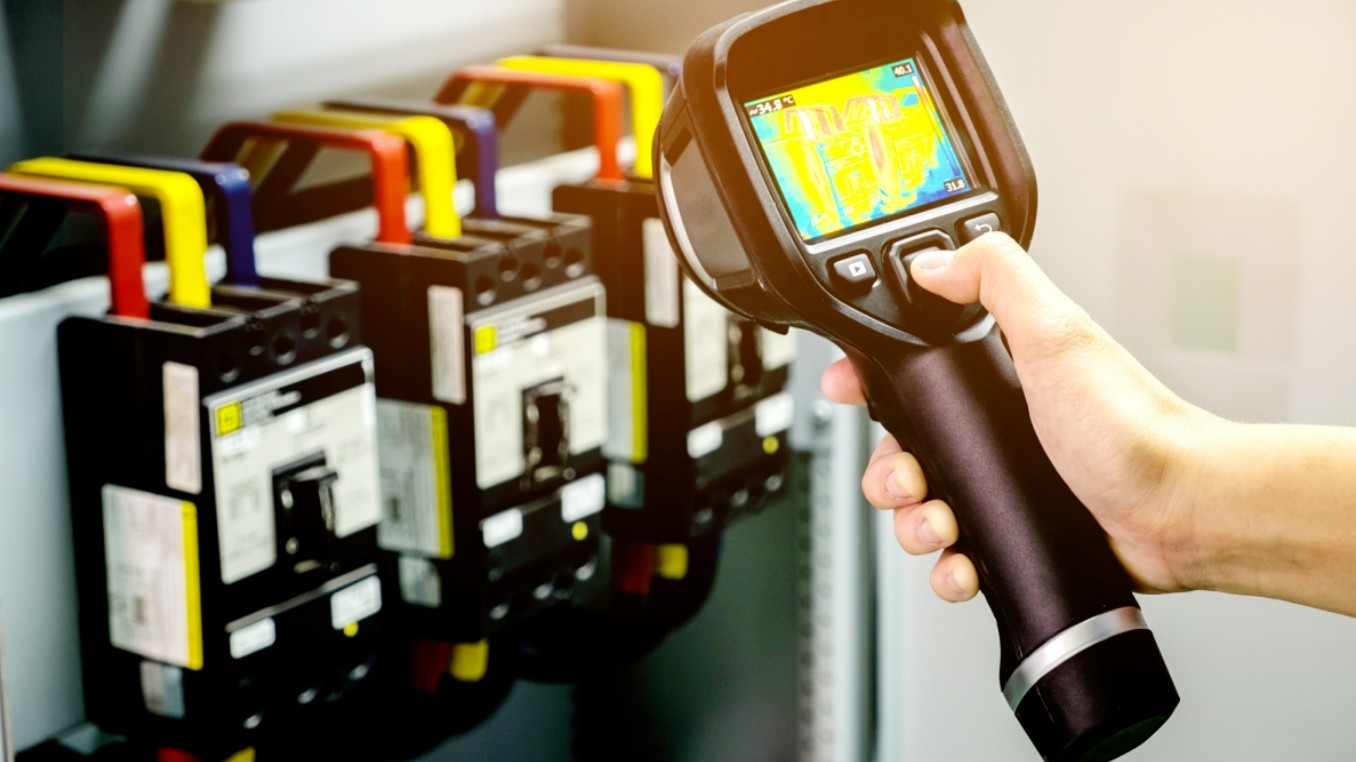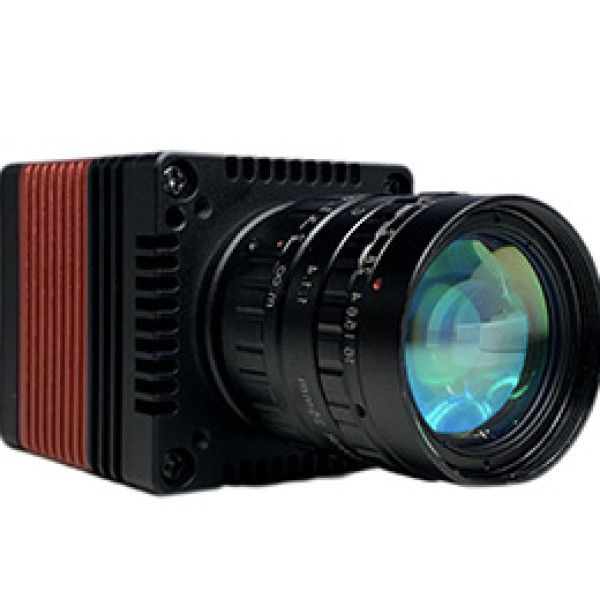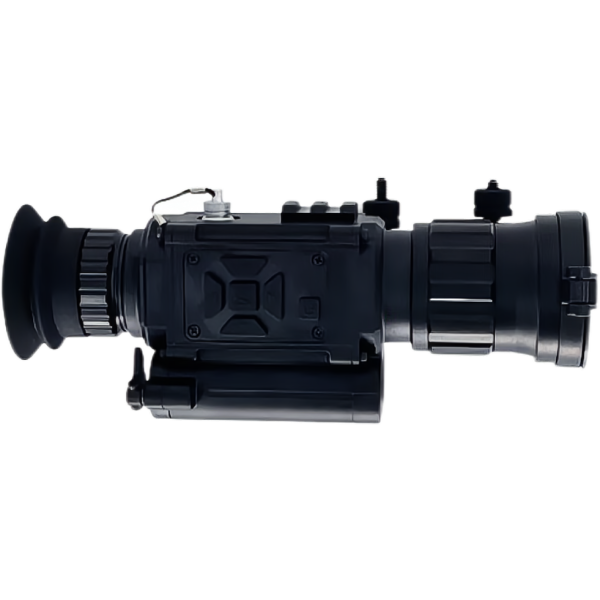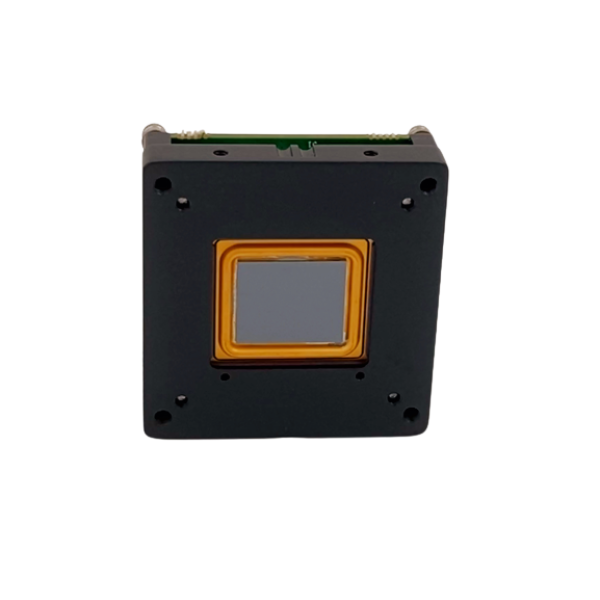Five Things You Need to Know About Infrared Technology

Infrared technology is finding its way into an ever-increasing range of innovative consumer applications. The technique was first discovered in the early 19th century. However, it will take quite a while to actually use it and integrate it into a marketable product. Today's powerful infrared technology is being used in a variety of novel ways, for example, to add value to advanced systems in autonomous vehicles and smart buildings.
Infrared can be integrated into existing systems to add new technological capabilities. And, as production volumes increase, costs will continue to drop, making the technology more accessible for wider use.
Here are five things you need to know about infrared technology. Read on to find out how this advanced technology can bring added value to a range of industries.
1. Electromagnetic Spectrum and Different Wavelengths
How Does the Electromagnetic Spectrum Work?
Radiation is characterized by its frequency and wavelength. Not all radiation is visible to the human eye. Infrared radiation has longer wavelengths than radiation in the visible spectrum and shorter wavelengths than microwave or terahertz radiation.
There are multiple wavelengths in the electromagnetic spectrum, each with its own unique properties.
NIR (Near Infrared): These are the shorter wavelengths of the infrared spectrum, closest to the visible spectrum between 0.78 µm and 2.5 µm. For example, near-infrared spectroscopy is based on the molecular vibrations induced by the excitation of molecules by an infrared source. The molecules absorb the infrared waves, changing the vibration levels of the electrons. This produces a measurable signal.
SWIR (Short Wave Infrared): Spectrum from 1 µm to 2.7 µm. Silicon-based detectors are limited to around 1.0 µm. Therefore, SWIR imaging requires optics and electronics capable of operating in the 0.9 µm to 1.7 µm range, which is not the case with uncooled InGaAs detectors.
MWIR (Mid Wave Infrared): Spectrum from 3 µm to 5 µm. Thermal imaging starts from this part of the spectrum, and the temperature gradients that appear in the observed scene begin to form. MWIR detection requires cryogenic cooling techniques such as HgCdTe (MCT or MerCad), a II-VI semiconductor material.
LWIR (Long Wave Infrared): Spectrum from 7 µm to 14 µm. The detectors capture the heat emitted by objects in the observed scene. Unlike visible light detectors, which detect light reflected from objects, LWIR detectors do not require a light source. These detectors can generate the same images day or night. The image will be the same regardless of ambient lighting.
2. Two Main Technologies
There are currently two main types of detectors:
- Cooling: These detectors are kept at extremely low temperatures using a cryogenic cooling system. The system cools the sensor down to cryogenic temperatures and reduces heat-induced noise to a level below the signal emitted by the scene.
The main advantages of this type of detector are the incredibly high resolution and sensitivity and the resulting high image quality. However, cooled detectors are bulkier and more expensive than uncooled detectors. This makes them less suitable for certain applications where the form factor is more important than image quality.
- Uncooled Detectors or Microbolometers: These detectors do not require a cooling system. With microbolometer technology, temperature differences in the scene trigger changes in microbolometer temperature. These changes are then converted into electrical signals and then into images. Systems with uncooled detectors are more cost-effective and require less maintenance than systems with cooled detectors.
3. NETD, the Key Indicator of Detector Sensitivity
NETD (Noise Equivalent Temperature Difference) measures the thermal sensitivity of a camera. This is the smallest temperature difference the camera can detect. It is expressed in millikelvin (mK) or degrees Celsius (℃). The lower the NETD, the better the camera's ability to detect thermal contrast. Therefore, NETD can be considered analogous to contrast in visible light detectors.
In infrared detectors, NETD ranges between 25 mK and 100 mK for uncooled microbolometers. For a cooled detector it is around 10 mK.
NETD is especially important for scenes with low thermal contrast (scenes where everything is nearly at the same temperature, such as landscapes).
4. Resolution and Field of View (FOV)
The field of view (FOV) is the width of the angle that the camera can capture. FOV must be considered together with image resolution (number of pixels).
The resolution will show how sharp the image is, while FOV will show how wide the image is. The higher the resolution (in other words, the more pixels), the sharper the image. However, to increase the number of pixels, the FOV must be decreased.
5. Analog or Digital
As the name implies, an analog-to-digital converter (ADC) is a system that converts an analog signal into a digital (binary) signal. A digital-to-analog converter (DAC) converts a digital signal to an analog signal. In an all-digital model, the ADC is integrated into the sensor. It converts an analog video signal into a digital signal that can be processed by software to extract the desired information from the scene. All-digital models can also include a polarization-switching DAC for the sensing element. Here, detector integrators no longer need to develop power supply components for the detectors, which makes their implementation easier.
The above briefly introduces some basic information about infrared technology. If you want to know more or want to buy an infrared camera, please contact us.
JAVOL is an infrared thermal imaging systems manufacturer with many years of experience. We have leading R&D technology and excellent manufacturing technology. We can continuously adjust and optimize the design scheme according to the actual needs of users. Our products are sold all over the world and used in various industries. If you want to know about specific services, please send us your requirements, and we will give you a satisfactory answer in time.
SWIR 640 thermal imaging camera adopts the latest advanced InGaAs sensor,which has many advantages.
Remote Distance Dual-spectrum Security System adopts high sensitivity infrared thermal imaging camera with large aperture lens
JWA series are compact and lightweight multi-functional thermal weapon sights
LWIR Shutterless 384 Thermal imaging core is a uncooled focal plane infrared thermal imaging camera.




